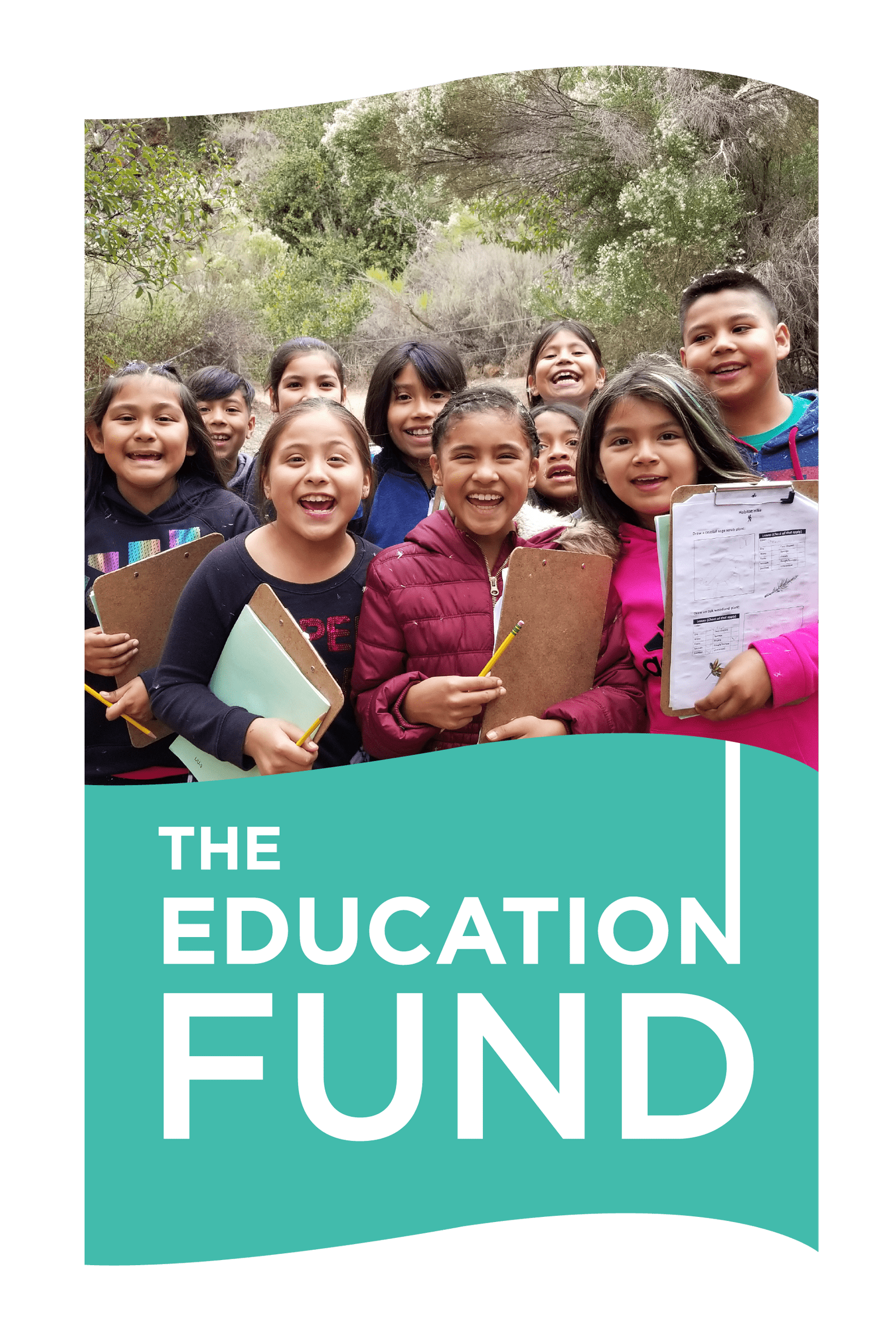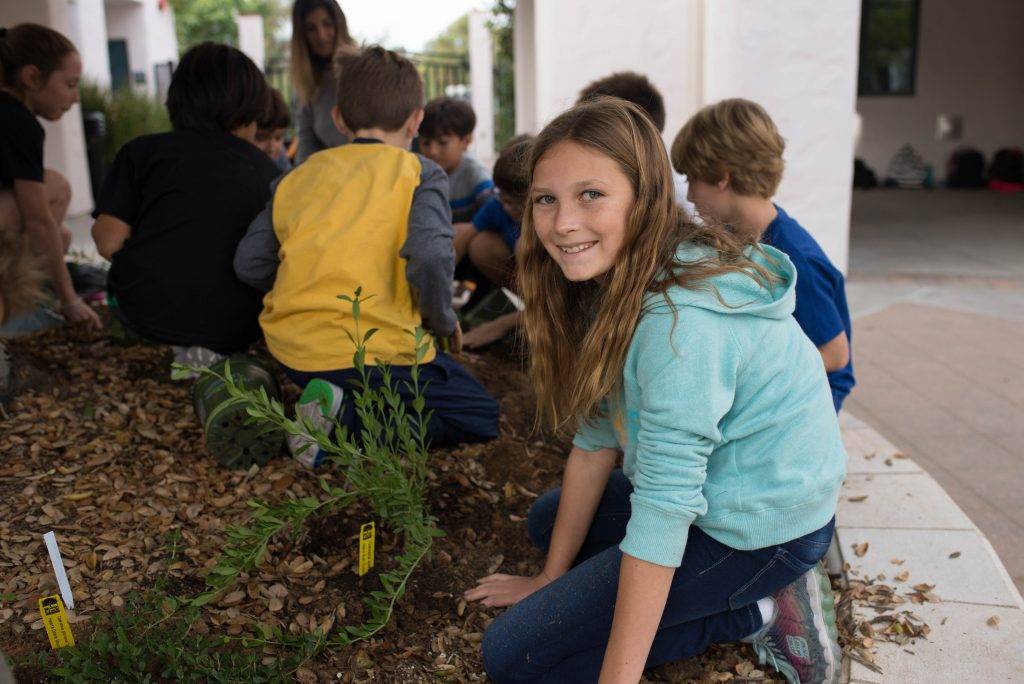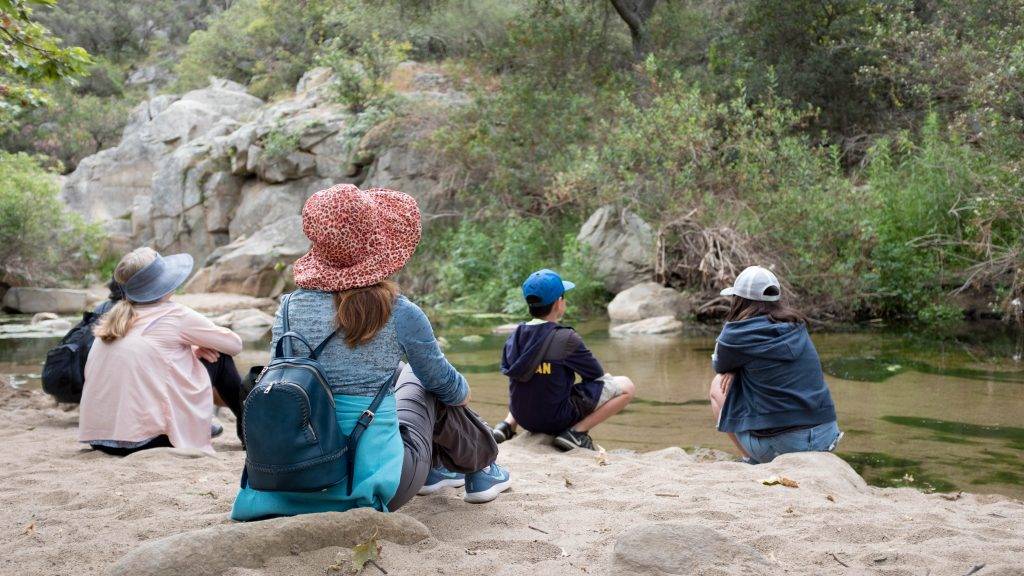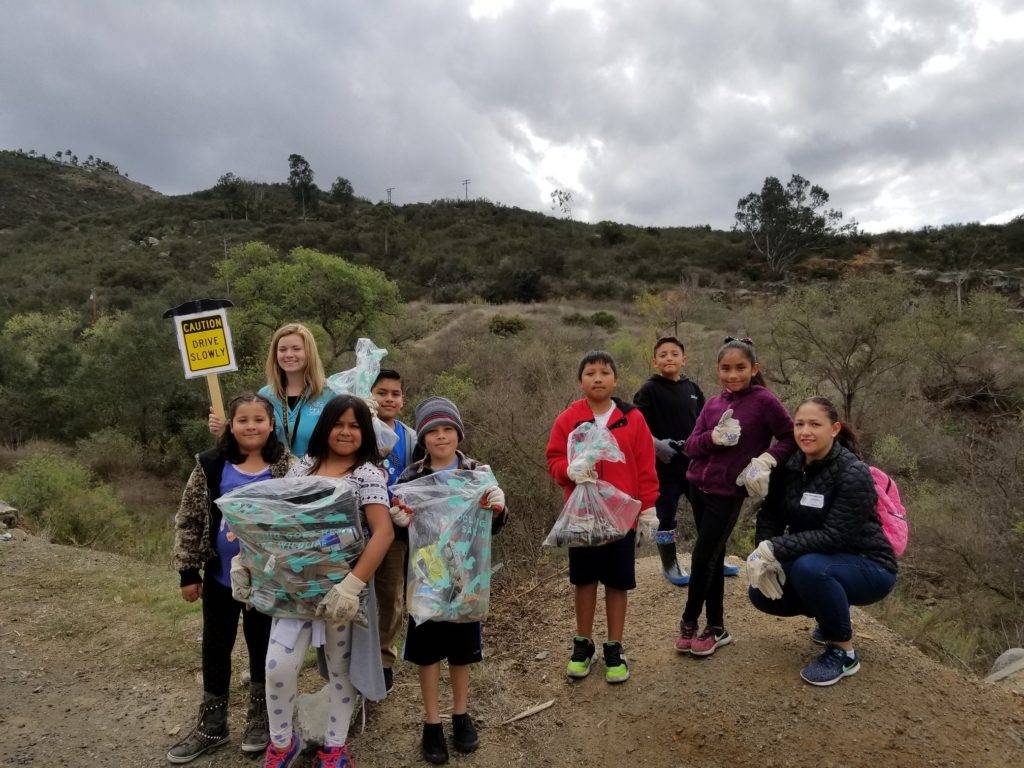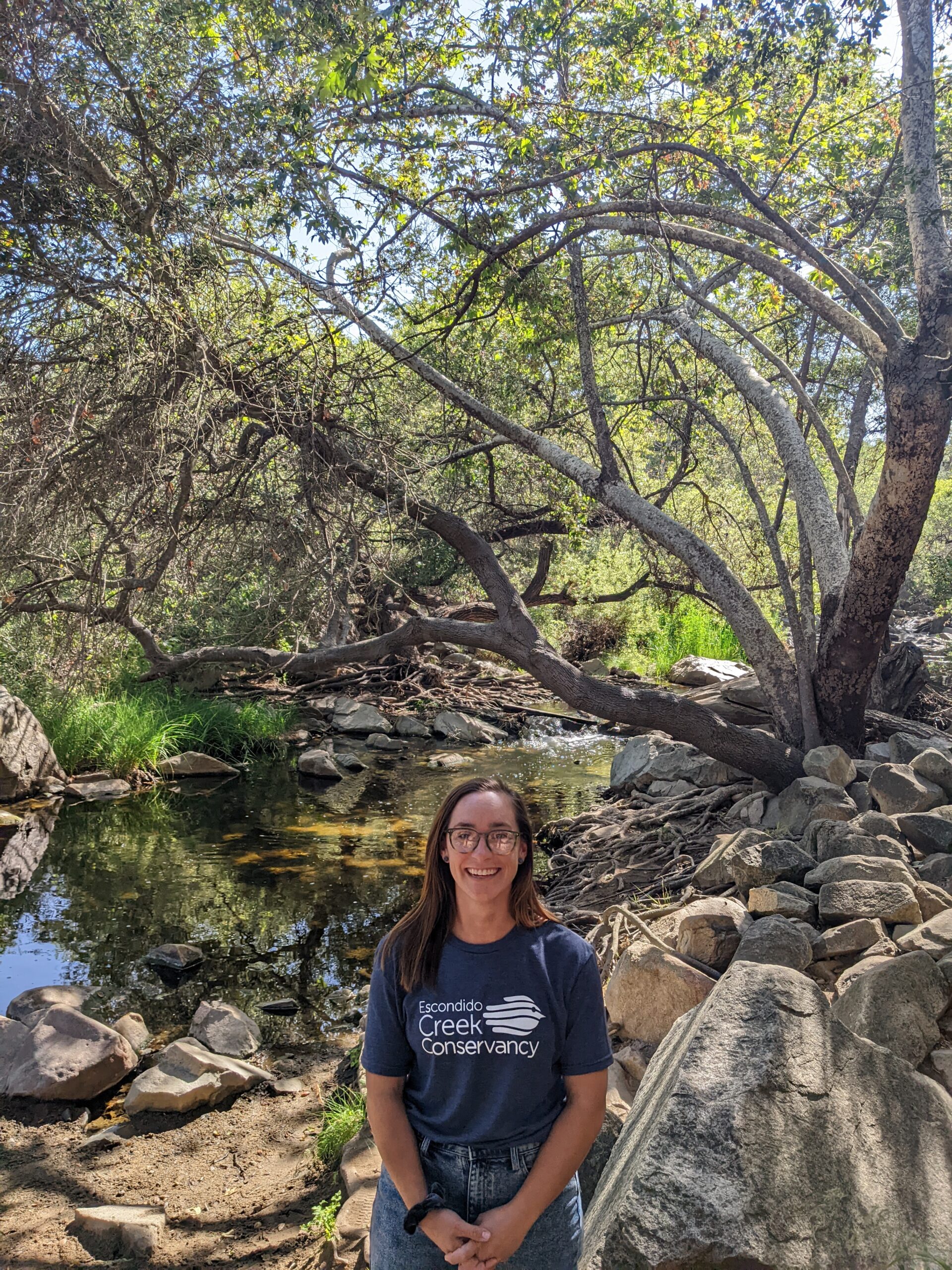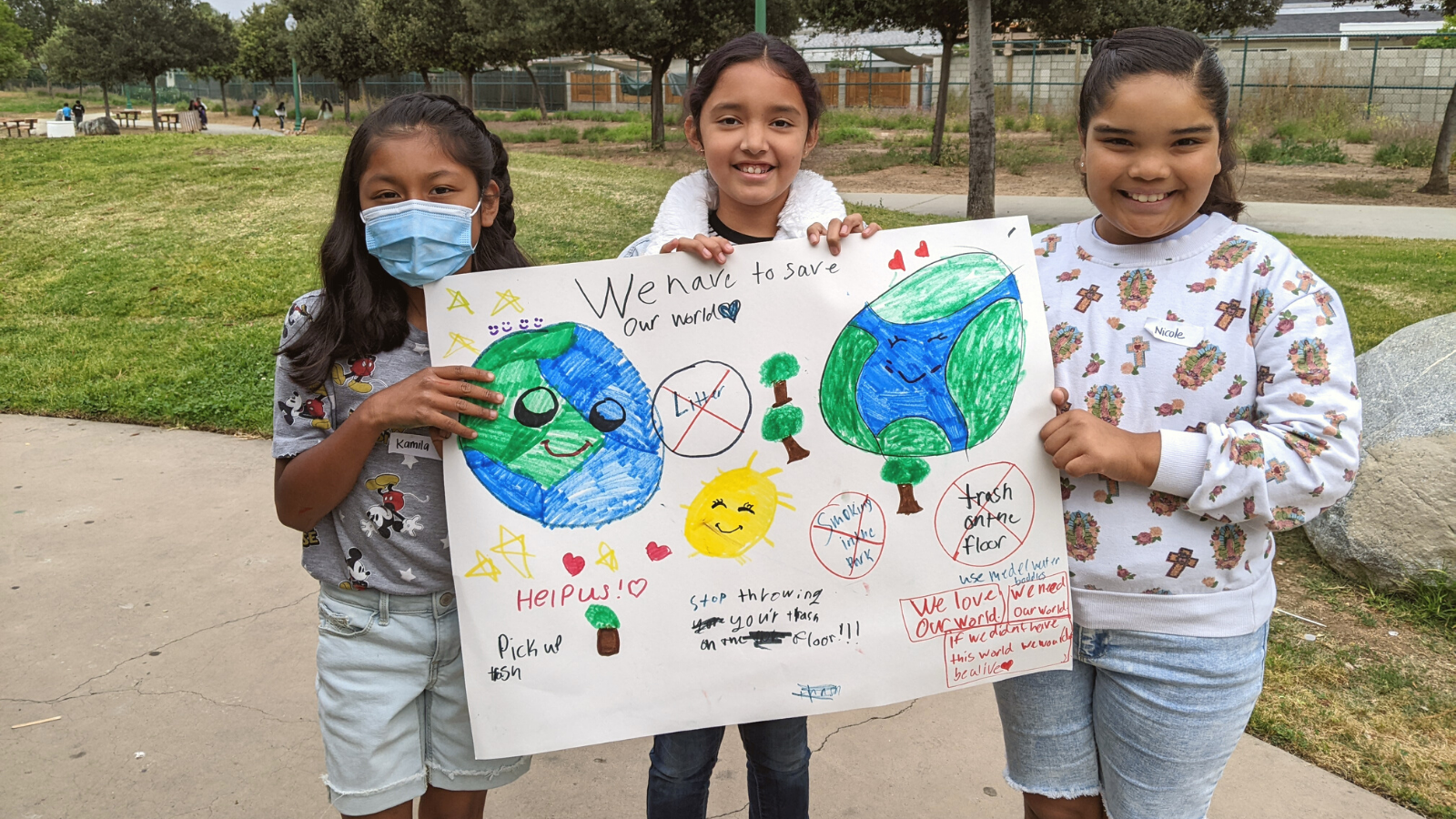
A Better Future Begins Outdoors
Introduction
Outdoor education has been shown to have numerous benefits for students. It can improve grades and test scores in all subjects, improve physical and mental health and well-being, and even increase civic and community engagement. Despite these clear benefits, many students in California do not have access to outdoor education programs. By investing in statewide outdoor education, California can become a leader in providing equitable community access to this important resource.

Academic Achievement
According to the National Assessment of Educational Progress (NAEP), students in California consistently perform significantly below the national average in mathematics, reading, and science [1]. In 2005, the California Student Assessment Project studied the Effects of Environment-Based Education on Student Achievement in California public schools. Students receiving outdoor education as part of the study consistently performed better than their peers who did not on standardized tests in mathematics, language, reading, and spelling [2]. These findings are corroborated by numerous other studies, which also show improvements in student achievement in traditional subjects among students who received outdoor education programming [3,4,5,6]. Studies have also shown that outdoor education can improve science achievement and can be used to encourage the teaching of science and standardize science curricula across schools [7,8]. Outdoor education has even been shown to narrow the science achievement gap between students in disadvantaged, urban areas and those in wealthier, suburban areas [9]. These studies make a strong case for requiring outdoor education for all California students as a way to help improve overall academic achievement in the state. Outdoor education also has other educational benefits, beyond standardized test scores and grades. Students who participated in outdoor education programming were more engaged in classroom learning and developed better critical thinking and problem solving skills, both of which are important for lifelong learning and career success [10,11,12]. Outdoor education has also been shown to improve students’ self-confidence in their learning abilities, particularly among students considered to be underachieving [13,14]. Students who received outdoor education also showed improved behavior and ability to focus [14,15, 16]. These improvements were even shown in students with Attention Deficit Hyperactivity Disorder (ADHD), who typically struggle with traditional classroom-based learning [6,17,18]. In fact, research suggests that early exposure to the outdoors may even prevent symptoms of hyperactivity and inability to focus from developing later on [19]. Thus, outdoor education can be used to aid students who generally require specialized attention, without detracting from the learning experience of other students. When teachers spend less time addressing disciplinary issues, they have more time available to devote to student learning.

Health and Wellness
The idea that spending time in nature is beneficial to our health has been around for a long time, but recent studies have formalized the connection between outdoor education and physical and mental wellbeing. More than a quarter of Californians are obese, with many suffering from other obesity-related medical conditions like diabetes and hypertension [20]. Teaching kids the importance of physical fitness early on can help prevent them from developing these conditions later on in life. Access to natural areas can be an important determinant of students’ physical fitness. Numerous studies have shown that students who are exposed to nature have higher physical activity levels and greater overall physical fitness than students who are not [21,22,23,24]. Outdoor education is a simple way to introduce students to the outdoors and encourage future outdoor recreation and physical fitness. The mental health benefits of access to nature can be just as important as the physical ones. One in six adults and one in thirteen children in California suffer from mental health problems, and despite significant healthcare spending, rates of mental health issues continue to rise [25]. Taking students out into nature may help lower levels of depression and reduce depressive symptoms [21,22]. Exposure to nature also helps to reduce stress levels, thereby contributing to greater overall mental health [6,22]. In fact, students who learned in an outdoor setting experienced reduced stress hormone levels, as compared to students learning in a traditional classroom [26]. High stress levels early on in life have been linked to increased risk of future stress and reduced academic performance [27,28]. Outdoor education can also help students from challenging backgrounds develop greater resilience and an ability to deal with adverse situations [29]. Students with resilience are more likely to believe in themselves and take advantage of opportunities to overcome adversity [30]. Outdoor education would not only help to make Californians happier and healthier, but might even contribute to reduced healthcare costs in the future.
 Civic and Community Engagement
Civic and Community Engagement
Only 73% of eligible adults are registered to vote in California, and the most common reason given by eligible but unregistered voters as to why they do not register is a lack of confidence in the political system [31]. In fact, confidence in the political system (also known as political efficacy) is one of the strongest influences on a person’s decision to participate in politics [32]. Political efficacy includes both an internal component—confidence in one’s ability to effect change—and an external component—belief that government is responsive to the needs of its citizens [33]. Both types of political efficacy can be gained through participation in outdoor environmental education programs. In order to build political efficacy, students need to first understand how our political system works and how they can participate. This knowledge can be developed through inquiry-based outdoor education programs [34]. By learning about environmental issues and participating in environmental action, students gain the experience in civic engagement necessary to have the confidence to be politically engaged in the future [35,36]. The hands-on nature of outdoor education means that students also build their self-confidence and leadership skills, thereby helping them to be more active and engaged citizens [14]. Without feeling as though they belong to a community, citizens are unlikely to participate in the political system. Positive feelings towards others and the community can be fostered by teaching pro-social behaviors, or behaviors that contribute to social wellbeing. Students who participate in outdoor education are more likely to have positive and respectful interactions with their peers and develop a connection to their community [12,22,37,38]. When people have a positive connection to their community, they are more likely to want to help their community and take actions that benefit others, including participating in the political system
[32]. Outdoor education is one tool that we can use to encourage greater civic and community engagement.
Conclusion
Access to outdoor education should be a right for all Californians. A relatively small investment in statewide outdoor education could result in significant gains in educational achievement, particularly among disadvantaged or underperforming students. Reductions in issues related to health and wellness as a result of outdoor education will help to reduce future state spending on healthcare and improve the overall well-being of California’s residents. Furthermore, an engaged and responsible citizenry will help to create positive change in our state through greater community involvement and civic engagement. California has an opportunity to be a leader in harnessing the multi-faceted benefits of outdoor education for all.